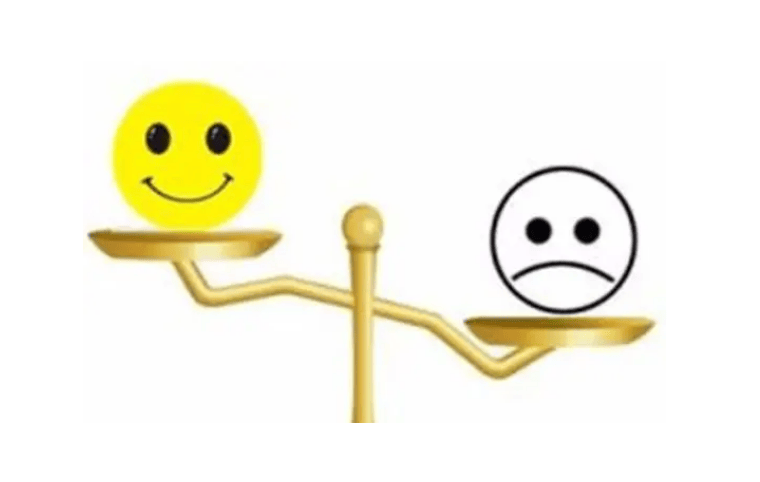Anxiety disorders and depression are two common mental illnesses that exhibit significant differences in their definitions, symptoms, physical manifestations, social behaviors, and treatment methods. This article will explore the distinctions between them in detail, helping readers better understand and differentiate between these two conditions.
What are the differences between anxiety disorders and depression
1. Different Definitions
Anxiety disorder is a common psychological disorder characterized by excessive worry and fear regarding daily situations. This worry often does not align with reality and is difficult to control, significantly impacting the patient’s daily life. In contrast, depression is a typical condition of depressive disorder, mainly characterized by low mood, loss of interest, and anhedonia, often accompanied by feelings of guilt, worthlessness, and hopelessness.
2. Different Emotional Characteristics
Patients with anxiety disorders are typically in a state of heightened tension and unease, feeling excessive worry and fear about various things or situations. They often struggle to relax and are filled with uncertainty and fear about the future. In comparison, patients with depression primarily exhibit low mood, frustration, and negative emotions, possibly accompanied by feelings of guilt and worthlessness. Their emotions tend to remain low, making it difficult for them to find pleasure and satisfaction in daily activities.
3. Different Physical Symptoms
Patients with anxiety disorders often exhibit notable physical symptoms, such as shortness of breath, rapid heartbeat, sweating, and shaking hands. These symptoms are closely related to the patient’s nervous system and often lead to feelings of physical discomfort and distress. Meanwhile, patients with depression tend to have more stable physical symptoms, which may include fatigue, decreased appetite, and sleep disturbances. Although these symptoms are not as pronounced as those in anxiety patients, their long-term presence can still severely affect the patients’ physical and mental health.
4. Different Social Behaviors
Patients with anxiety disorders often fear unexpected social interactions and avoid public places. They worry about embarrassing themselves or receiving negative evaluations from others in social settings, leading them to avoid social activities. Although patients with depression may feel low and wish to withdraw from contact with others, they do not fear sudden interpersonal interactions. They may prefer solitude but do not experience fear regarding social situations themselves.
5. Different Treatment Methods
Patients with anxiety disorders may follow medical advice to use medications such as Diazepam compound tablets, Alprazolam tablets, or Sertraline hydrochloride tablets for treatment. These medications primarily act on the central nervous system and help alleviate the patient’s tension and anxiety. Additionally, psychological therapies such as cognitive behavioral therapy and supportive psychotherapy are also important methods for treating anxiety disorders. In contrast, patients with depression may need to follow medical advice to use medications such as Maprotiline hydrochloride tablets, Amitriptyline hydrochloride tablets, or Escitalopram oxalate tablets for treatment. These medications mainly improve the patient’s emotional state by regulating the balance of neurotransmitters in the brain. Furthermore, psychological therapies like supportive psychotherapy and interpersonal psychotherapy are also critical in treating patients with depression.
Anxiety disorders and depression are two distinct mental illnesses that exhibit significant differences in their definitions, symptoms, physical manifestations, social behaviors, and treatment methods. Understanding these differences helps us better comprehend and differentiate between these two conditions, allowing for targeted treatment measures.


